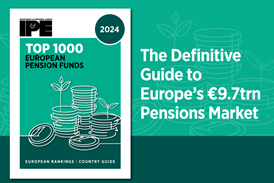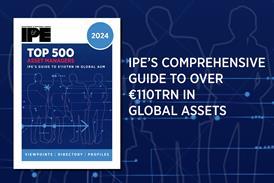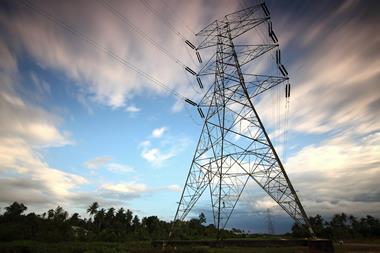Denmark’s ATP has revealed that it restricts the number of green bond issuers in its portfolio partly because of the resource-heavy task of checking that the proceeds really are used for environmentally beneficial purposes.
The DKK718bn (€96.2bn) statutory pension fund said in an analysis on the need for investors to follow up on green bonds, that investors played an important role in assessing the fixed income investments – both before and after purchase.
ATP said on Friday that following up on whether the issuers of green bonds actually delivered on promises was quite complicated.

Ole Buhl, the pension fund’s director of ESG, said: “For ATP, the follow-up has been under way for a number of years and has required significant resources, partly due to the extent of the issuers’ reporting.
“This is also one of the reasons why ATP currently keeps the number of green bond issuers at a limited level in the hedging portfolio,” he said.
Buhl said the follow-up had led to a dialogue with issuers about any shortcomings and opportunities for improvement in their bond programmes – talks that ATP has said issuers including German development bank KfW had welcomed.
ATP said the need for investors to check up on green bond issuers’ actions was reinforced by the fact that there was no commonly recognised set of rules for green bonds.
“In the absence of common rules, issuers’ reporting can vary significantly, making gathering information across issuers more complicated for investors,” the pension fund said.
The Hillerød-headquartered pension fund said the market for green bonds had grown significantly in recent years, with total global issuance standing at around DKK26.6trn (€3.6trn) by the end of 2024.
Last year, ATP’s portfolio of green bonds increased by DKK2.7bn to DKK60.7bn, according to its latest annual report.
Read the digital edition of IPE’s latest magazine























No comments yet